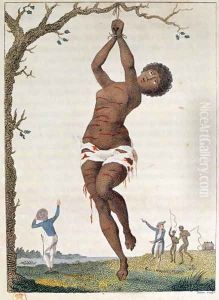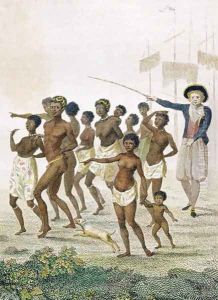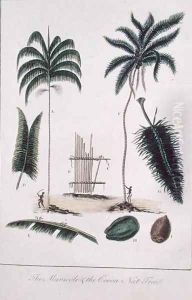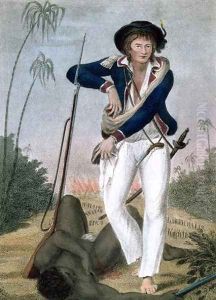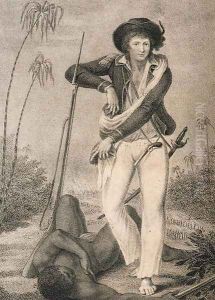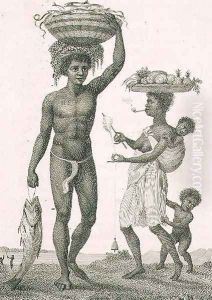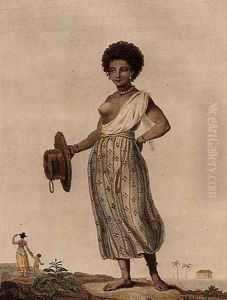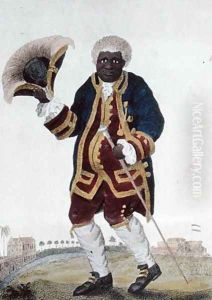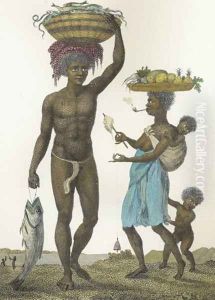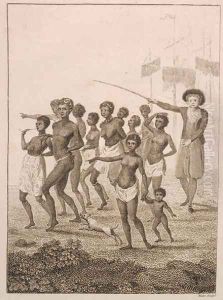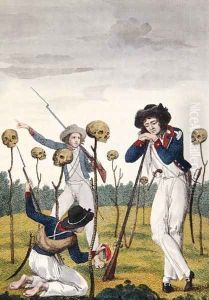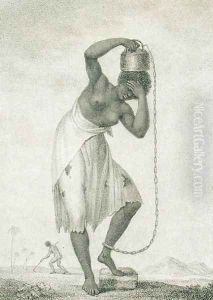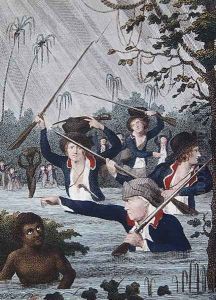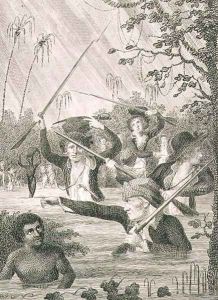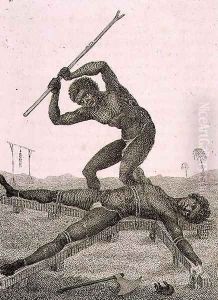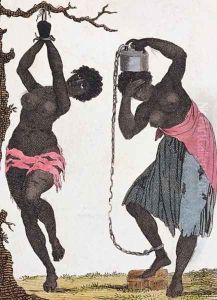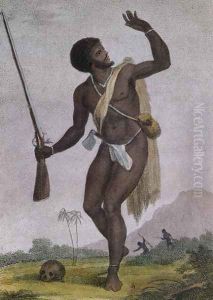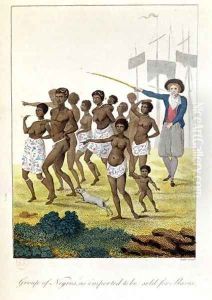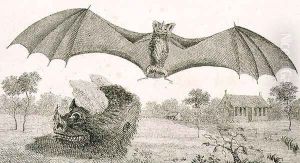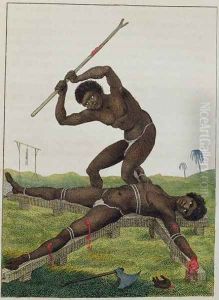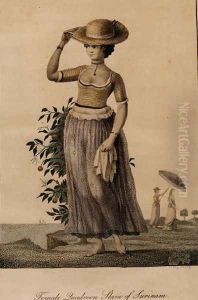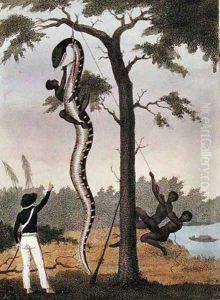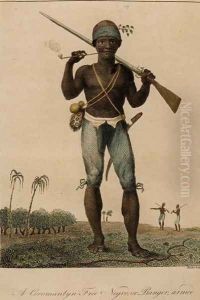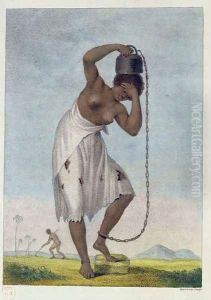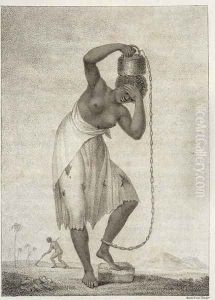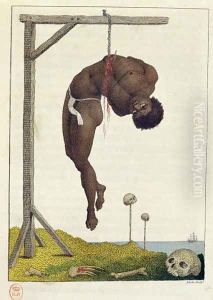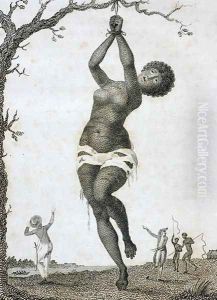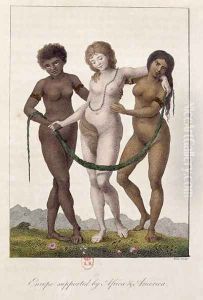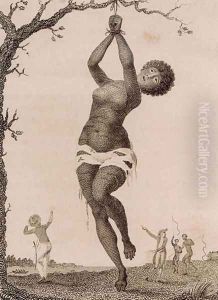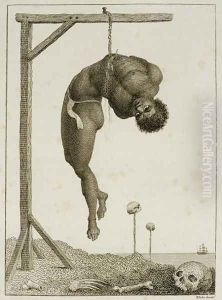John Gabriel Stedman Paintings
John Gabriel Stedman was a British-Dutch colonial soldier, who is best known for his work 'Narrative of a Five Years Expedition against the Revolted Negroes of Surinam'. This book, published in 1796, detailed his experiences in Suriname and is an important historical document on the horrors of slavery and colonialism in the 18th century.
Stedman was born in 1744 in Dendermonde, Netherlands, to a Scottish father and a Dutch mother. He joined the Scots Brigade, a mercenary military unit serving the Dutch Republic, at a young age. In 1772, he volunteered to go to Suriname in South America to participate in a military campaign to suppress a slave revolt.
During his time in Suriname, Stedman kept a detailed diary of his experiences, observations, and the brutalities he witnessed. He had a relationship with a local woman named Joanna, and they had a son together, which influenced his perceptions of slavery and colonial life.
After returning to the Netherlands, Stedman began to compile his diary into a manuscript, which became 'Narrative of a Five Years Expedition against the Revolted Negroes of Surinam'. The book was a mix of adventure narrative, ethnographic account, and abolitionist tract. It included vivid descriptions and illustrations of the torture and inhuman treatment of slaves, which helped fuel the abolitionist movement in Britain.
Stedman's work was notable for its illustrations, which were engraved by William Blake and others. These images were some of the most powerful depictions of the cruelty of slavery and had a significant impact on public opinion.
John Gabriel Stedman died in 1797 in England, where he had moved later in life. His narrative remains an important source for understanding the impact of European colonialism and the transatlantic slave trade, and it continues to be studied for its literary, historical, and ethnographic significance.
